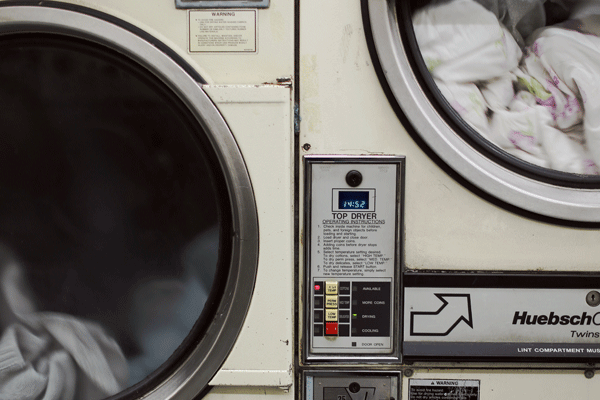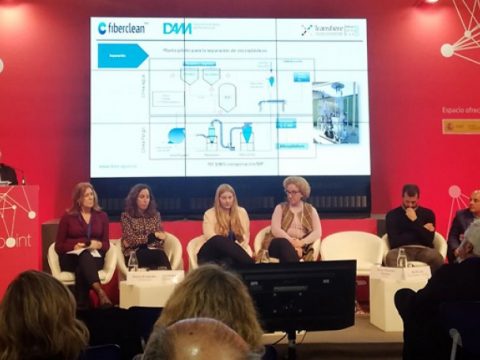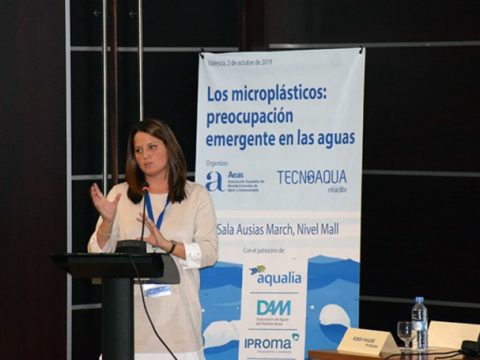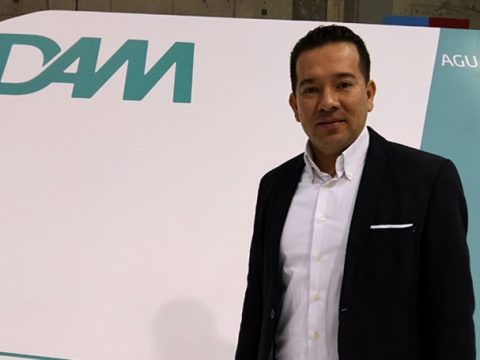
“It is necessary to study the presence of microplastics in the WWTP”
6 October 2019
DAM presents the potential of the FIBERCLEAN project at an international R+D+i forum
13 February 2020- It is estimated that a wash of synthetic garments can release around 1,900 fibers of less than one millimeter into the water that the scrubbers cannot filter.
The company Depuración de Aguas del Mediterráneo (DAM) is participating in the Fiberclean project that will develop new fabrics that prevent, through different washes, the plastic fibers of synthetic garments end up in the aquatic environment or that they can be revalued.
Another objective of this project is the research and development of new technologies to eliminate or reduce microfibers during washing so that these technologies are compatible with current machinery.
In addition, new technologies for the elimination or recovery of these microplastics in treatment plants will be studied. In fact, it is calculated that the load of a synthetic garment wash can release around 1,900 fibers of less than one millimeter at the flow rate that reach the wastewater treatment plants.
These wastes constitute 85% of the materials of human origin that are found on the coasts and cause damage to the marine environment and the animals that live in it. Microfibers are particles of all kinds of textiles that reach rivers and seas and then pass into aquatic animals. Much of these microfibers come from synthetic garments and go through the purification process, but are not filtered.
For this reason, Fiberclean intends to provide a global solution to this problem and obtain solutions that allow reducing the emission of microfibers throughout the entire value chain of the manufacture and maintenance of fabrics and garments.
REMOVING MICROFIBERS IN THE CLEANING PROCESS
In this project, DAM will be in charge of the research and development of new technologies compatible with conventional systems that make it possible to eliminate or reduce microfibers in purification and thus prevent their passage into the waters of rivers and seas.
During the development of the project, DAM will study the requirements and limitations of washing water treatment and will investigate the characteristics and behavior of these microplastics in treatment processes.
In addition, it will quantify the microfibers in the different stages of the treatment plants and will study new techniques for the retention and separation of microfibers in different processes and configurations of the treatment plants.
Its activity also involves the development and validation of new techniques for the recovery and degradation of wastewater microfibers through biofiltration and the capture and recovery of waste from microfibers for reuse and recycling.
Source: www.residuosprofesional.com




